Fynbos describes the shrubs and plants that make up a floral kingdom unique to South Africa’s Western Cape. Many of the plants that grow here have been used by generations of South Africans for medicinal purposes, and today over 200 of them are being exported for sale in foreign markets. While some of them are known the world over, some are lesser known, but just as effective.

Miraculously Medical Fynbos Plants
by edstorm
The Fynbos Floral Kingdom, completely unique to South Africa's Western Cape, is home to many unique healing herbs that have a host of healing properties.
Rooibos
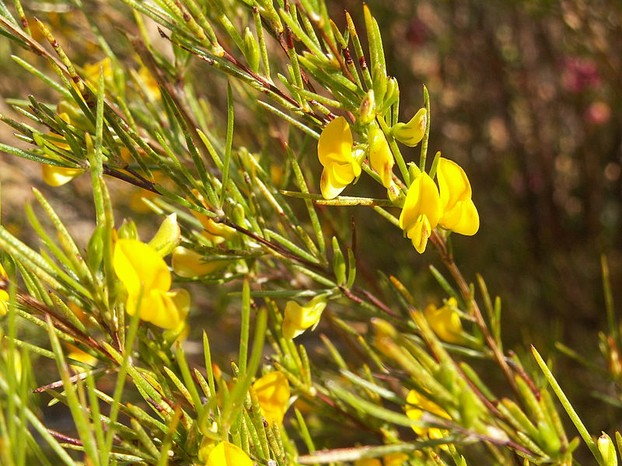 |
Most commonly used to make a red tea, rooibos is a member of the legume family. It contains high levels of antioxidants and so is popular with health-conscious consumers. Rooibos is said to assist nervous tension, digestive problems and allergies. Also, two of the flavonoids in the plant, quercetin and luteolin, are thought to have cancer-fighting properties.
Buchu
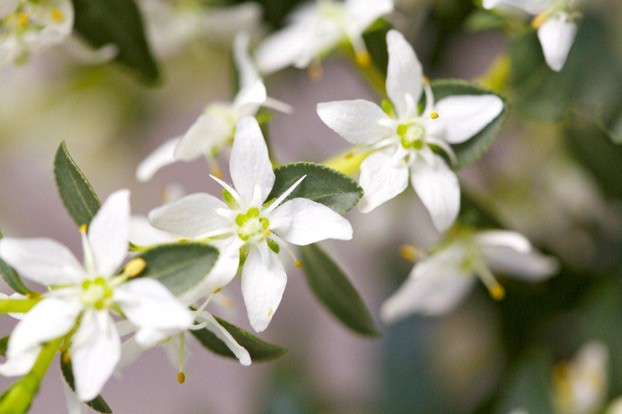 |
The buchu plant has been used for medicinal purposes by the Khoi and San people – South Africa’s original inhabitants – for hundreds of years. The leaves were originally dried and powdered, and then used in drinks and tinctures to aid in treating ailments of the gastrointestinal and urinary tracts. It has anti-inflammatory, diuretic and antiseptic properties. The plant’s genus, Agathosma, translates to “good fragrance” due to the plant’s highly aromatic qualities. The international use of the shrub dates as far back as the 1860s, when bottled infusions were widely sold as buchu tea.
Waterblommetjie
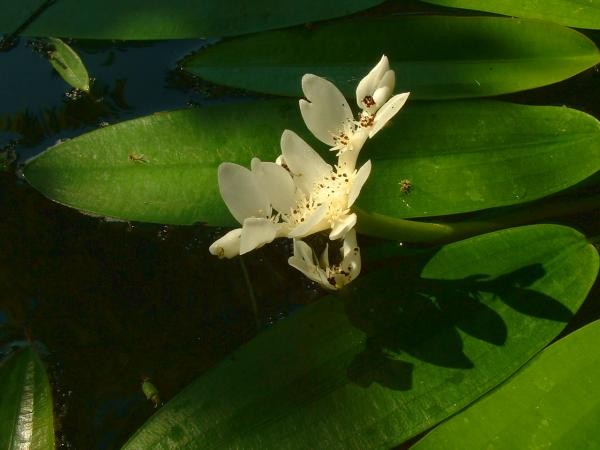 |
This water-surface plant has forked, sweet-scented flowerheads that are edible. The plant, including its root, has a very high mineral and vitamin content. South Africans often enjoy it in a traditional stew known as waterblommetjie bredie. The succulent plant can be chopped fresh into salads. In addition, the juice of the stem may be applied to burns as a soothing and healing ointment.
Christmas Berry
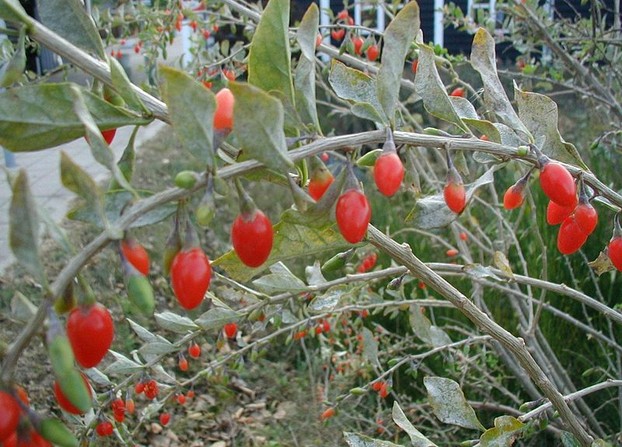 |
This small branched shrub grows not much taller than a metre and has shiny pink flowers and bright orange-red berries. Traditionally, the Khoi people used the berries as purgatives and to treat boils. Although the plant is bitter and is said to cause sleepiness, a decoction of the plant is still widely used as a treatment for acne and other dermatological problems. A bitter tonic can also be made from its leaves for treating stomach ulcers, as well as kidney and bladder infections.
Suikerbos (Sugarbush)
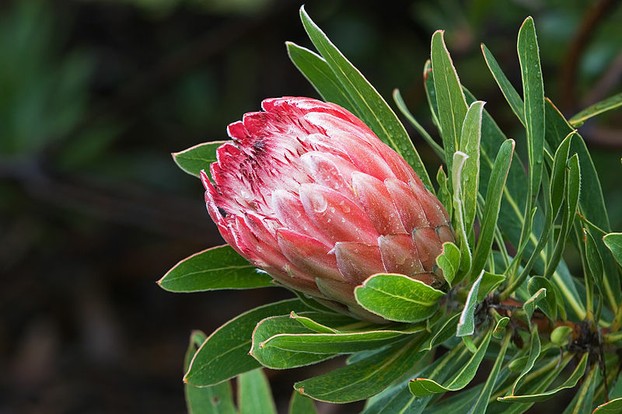 |
A beautiful Protea plant, the suikerbos grows up to 3 metres high and features hairless narrow leaves and flowers that range from cream to white. It’s a popular ingredient in natural cough syrups and is said to treat diabetes. The rich nectar that the plant exudes was originally extracted by cutting the plant heads off and shaking them into buckets. The nectar was then boiled down to a syrupy consistency for use as a cough syrup called “bossiestroop”.
Cancerbush
 |
The cancerbush grows up to a metre tall and has striking scarlet flowers. Its leaves are used to treat stomach problems, even including intestinal cancers. In addition, the plant can be used to make a bitter tonic that’s thought to be a good treatment for colds, the flu, chicken pox, liver problems, backache and rheumatism. A decoction is also used externally to wash cuts and wounds.
You might also like
The Messiah and the BlossomHow Carlos Magdalena, nicknamed the Plant Messiah, saved a critically endange...
Dangerous Garden by David Stuart: Quest for Plants to Change O...Dangerous Garden by David Stuart describes the quest for plants to access god...
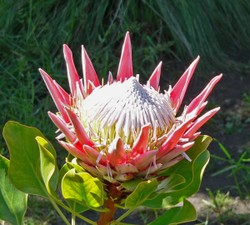


 Herbal Medicine in South Africaon 08/20/2014
Herbal Medicine in South Africaon 08/20/2014
 Citroën, Europe’s First Mass Producer of Carson 07/04/2014
Citroën, Europe’s First Mass Producer of Carson 07/04/2014
 Use Smartphone Technology for Evidence Collectionon 07/03/2014
Use Smartphone Technology for Evidence Collectionon 07/03/2014
 Smart, Sneaky Solutions for Hiding Valuableson 06/13/2014
Smart, Sneaky Solutions for Hiding Valuableson 06/13/2014


Comments
I enjoy reading about plants and nature from other areas of the world (I'm from the U.S.) and I believe in using what's in nature to feed and heal ourselves rather than so many processed foods and chemically created medications.